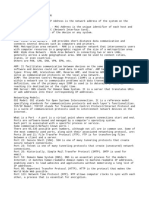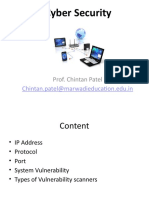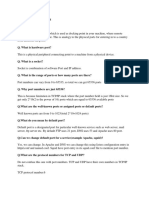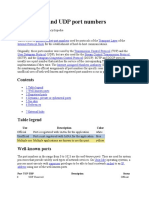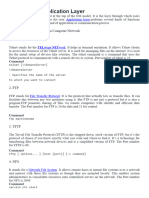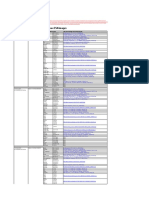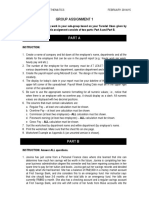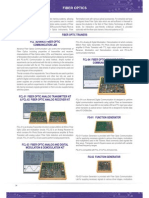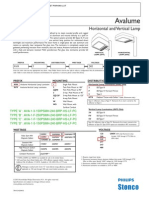UNDERSTANDING AND UTILIZING COMPUTER PORTS:
AN EDUCATIONAL OVERVIEW
WHAT ARE COMPUTER PORTS?
In computer networking, a port is a virtual endpoint for communication. It's a
numerical identifier that allows a computer to distinguish between different
applications or services running on the same device. Think of an IP address as a
street address for a building, and ports as the different doors or windows into that
building, each leading to a specific room or service. Ports are crucial for directing
network traffic to the correct application.
Ports are categorized into three ranges:
• Well-Known Ports (0-1023): These are reserved for common services like
HTTP (port 80), HTTPS (port 443), FTP (port 21), and SSH (port 22).
• Registered Ports (1024-49151): These can be registered by vendors for
specific applications.
• Dynamic/Private Ports (49152-65535): These are typically used for
temporary, ephemeral connections.
Communication over ports uses either TCP (Transmission Control Protocol) or UDP
(User Datagram Protocol).
• TCP: Provides reliable, ordered, and error-checked delivery of data. It's like
sending a registered letter that requires a signature and confirmation.
• UDP: Offers a faster, but less reliable, connection. It's like sending a postcard –
quick, but without guaranteed delivery or order.
COMMON PORTS AND THEIR SERVICES
Understanding common port usage can help in diagnosing network issues and
understanding how different services communicate.
Here are some frequently used ports:
• Port 20 & 21: File Transfer Protocol (FTP) - Used for transferring files between
computers.
� • Port 22: Secure Shell (SSH) - Used for secure remote login and command
execution.
• Port 25: Simple Mail Transfer Protocol (SMTP) - Used for sending emails.
• Port 53: Domain Name System (DNS) - Used for translating domain names
into IP addresses.
• Port 80: Hypertext Transfer Protocol (HTTP) - Used for unencrypted web page
transmission.
• Port 110: Post Office Protocol version 3 (POP3) - Used for retrieving emails
from a mail server.
• Port 143: Internet Message Access Protocol (IMAP) - Another protocol for
retrieving emails, offering more features than POP3.
• Port 443: Hypertext Transfer Protocol Secure (HTTPS) - Used for encrypted
web page transmission.
• Port 3389: Remote Desktop Protocol (RDP) - Used for remote graphical access
to another computer.
PORT SCANNING: AN INTRODUCTION
Port scanning is the process of probing a server or host for open ports. It's a
fundamental technique used in network diagnostics, security auditing, and,
unfortunately, by malicious actors to identify potential vulnerabilities. Tools like
Nmap (Network Mapper) are commonly used for this purpose.
Ethical Use: It is crucial to understand that performing port scans on systems you
do not own or have explicit permission to test is illegal and unethical. This
information is provided for educational purposes to understand network security
principles.
By understanding how ports function and are utilized, you can better grasp
network communication and security concepts.
















